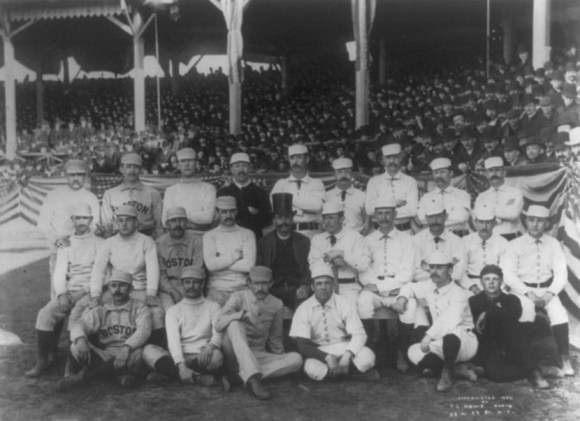
Last Tuesday, English Wikipedia editor Muboshgu left work and jumped on the highway to get home. Along the way, a driver in the lane next to him decided to merge without checking to see if any other cars—like, say, Muboshgu’s—were occupying the space.
Seeing this, Muboshgu took action. “First he got the horn, then he got the bird,” he told me.
That “bird,” a colloquial term for giving someone the finger, has become an indelible symbol of contempt in Western culture.
Naturally, 24 different-language Wikipedias have an article on it.
Muboshgu played a significant role in expanding the finger’s English Wikipedia article to where it is today. He nominated it for “good article” status, a marker of quality awarded only after a peer review from a fellow editor, and it appeared on Wikipedia’s front page in the “Did you know?” section.
He came across the finger’s article in July 2012 when rewriting the biography on Phil Nevin, a former pro baseball player who gave the finger to a heckling fan in 2002. “In linking to the article, I saw how short it was,” he said. “I knew that such a widely used gesture with the implications and reactions associated with it deserved a longer article.”
Indeed, Muboshgu’s research showed that the finger’s origins go back to Ancient Greece and Rome, where in the latter it was known as digitus impudicus—the “shameless, indecent or offensive finger.” The first modern visual evidence of the finger comes from the United States, where in 1886 a baseball pitcher named Charles “Old Hoss” Radbourn was photographed giving it to his team’s rivals. There is no information available to know if he faced any repercussions, but he did make it into the sport’s Hall of Fame. Ironically, just over a century later, a baseball executive resigned after giving the finger to a fan on Fan Appreciation Night.
Although the use of the finger has been on the rise in recent decades, its use is still controversial. “People have varying opinions about items of cultural phenomena such as this,” Muboshgu says, as “it can produce visceral reactions in people, which can cloud judgment.”
This extends to Wikipedia as well; while writing an article on the finger, Muboshgu anticipated potential backlash from other editors’ dislike of the obscene gesture. While the English Wikipedia has a strong policy against censorship, its exact interpretation can and has been often debated when controversial material comes up. In this case, however, Muboshugu was faced only with constructive criticism aimed at the article’s content, not its subject.
And what does Muboshgu think of the finger? “I love the First Amendment to the United States Constitution. This gesture is just one of many things that I can do that in another country might result in my being thrown in jail. I don’t take that right for granted.”
Ed Erhart, Editorial Associate
Wikimedia Foundation

Can you help us translate this article?
In order for this article to reach as many people as possible we would like your help. Can you translate this article to get the message out?
Start translation